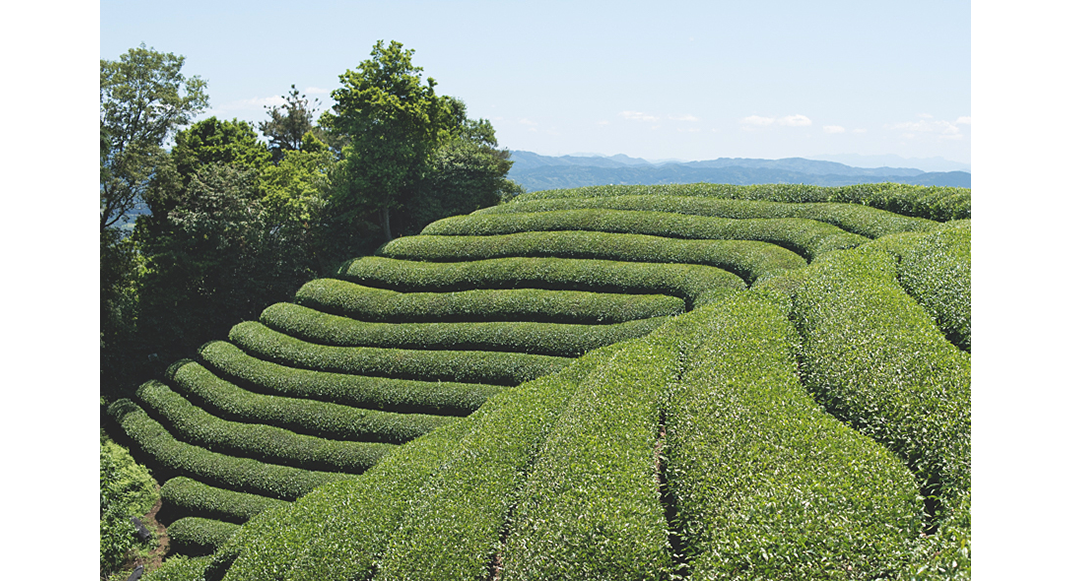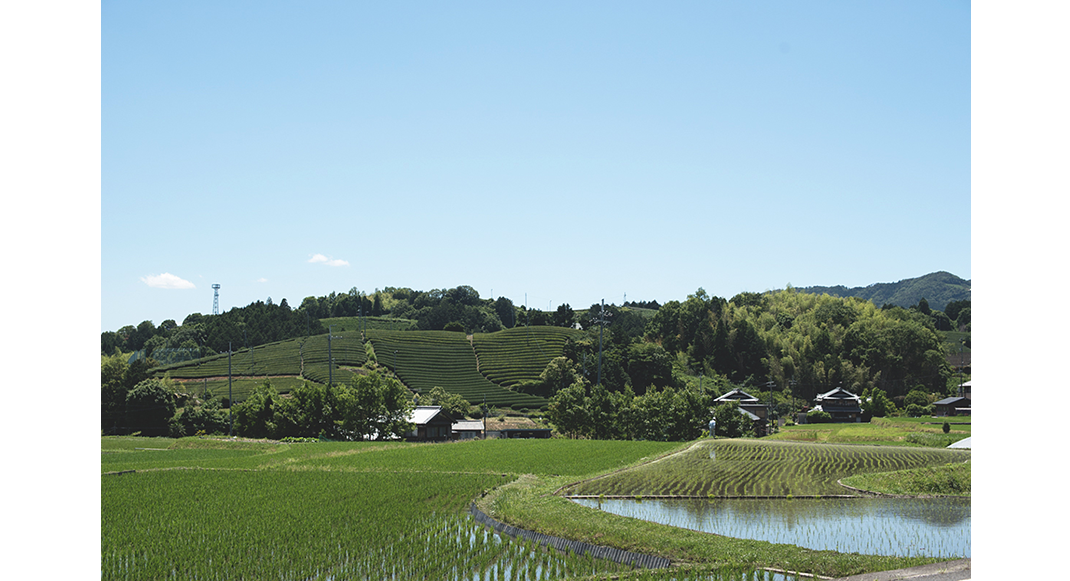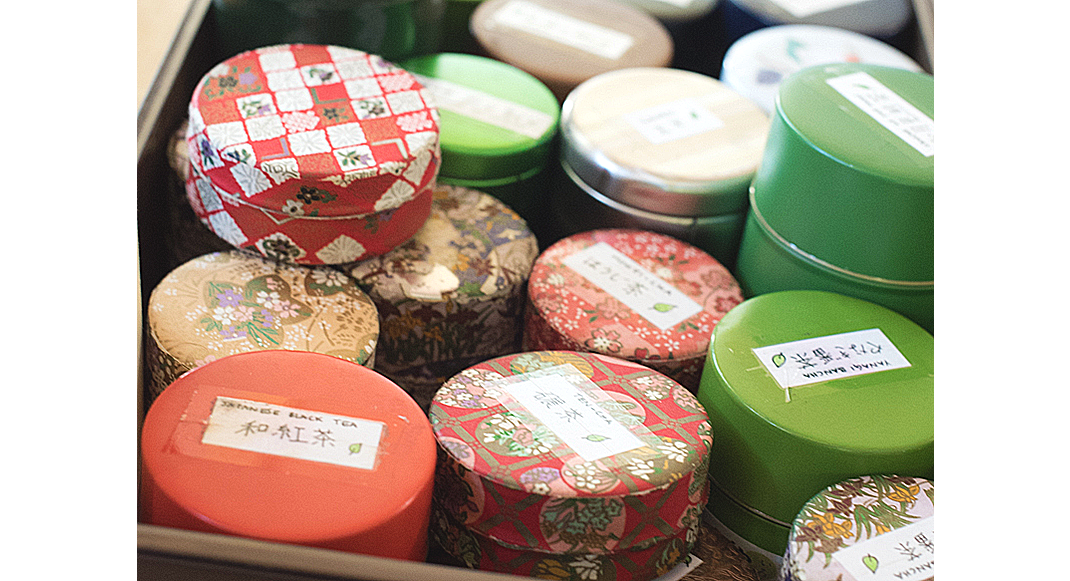Wazuka is a village located deep within the Uji region of Japan, renowned for their sencha. It’s only a few local train rides away from Kyoto but still far enough that you feel time starts to slow down. After an hour I found myself on the steps of the Obubu Tea Farm, eager to learn all that I could about Japanese teas.
Obubu was founded by three charismatic men, referred to as Kita-san, Matsu-san, and Hiro-san. Many of the tea fields in the town of Wazuka are run by older men who have been tending to their fields for many years. They have no one to pass their tea farms on to because most of their descendants have chosen to leave the farm life and work in the cities. Since the Obubu founders are younger, they aim to help out those who cannot tend to their fields on their own anymore.
They essentially take over the farming duties but let the older generations keep ownership, working out an agreement that benefits both parties. This way, the tea farmers in the area can rest assured that the land that they have spent so much of their lives cultivating will be watched over by those who truly care about it.
Off we went riding along in the company van, marveling at the lush green rice paddies rushing by us. One of the interns drove bravely along impossibly narrow roads winding up the mountain towards the plantation – a feat I couldn’t have accomplished easily. The van came to a halt and we climbed out quickly, eager to place our feet on solid ground. We were greeted with an expanse of breathtaking beauty; the view revealed miles and miles of majestic mountains and valleys.
Our host, Simona, was studying to become a tea sommelier and had a wealth of information about the tea culture in Wazuka. She showed me what a new tea leaf looked like and explained that during the harvest they hand-pick only the newest leaves peeking up over the tops of the bushes. I tried picking one just as she had demonstrated. It smelled like fresh grass. I could have stood upon that mountain all day long, but we soon headed back to Obubu headquarters to learn about tea.
Simona explained the whole elaborate process from leaf-picking to the final product. We learned about the differences in the varieties of tea leaves that they harvest, such as which varietals are grown in which season and the unique properties of shaded teas.
One of the most intriguing parts of what Simona spoke about involved a fair bit of chemistry: brewing the tea leaves. So, when it comes to what is in a (green) tea leaf, you have catechins, theanine, caffeine, and vitamin C. Catechins are antioxidants that aid in preventing high blood pressure, but they are also very bitter. Theanine acts as a sedative that calms you and relaxes the mind and body. It has a sweet and umami taste.
The ideal cup of tea will try to maintain a balance between these: you would want the antioxidants in the catechins but not the bitter taste. When brewed correctly, you have the perfect level of caffeine and theanine, resulting in a “calm alertness” that one does not usually get with coffee.
We tasted many varietals including a dark-roasted Hojicha, Yanagi Bancha (smooth, slightly sweet tea with a wonderful clean fragrance), Sakura (cherry blossoms), Wakoucha (a well-balanced black tea), kukicha (includes all the stems and twigs from the tea bush), Genmaicha (has bits of roasted brown rice interspersed), Sencha (uses the whole leaf to extract flavour), and Kabuse Sencha, which came from a shaded tea field (where they place a certain black fabric over the leaves to shade it from the sun at times).
The Kabuse Sencha had such a rich, clean taste that coated your mouth in the best possible way and left an air of sweetness with that subtle umami taste. I felt like I had just crossed over. Later I tried my hand at making my own matcha powder using the grinding stone – you had to put just enough muscle into it without going overboard. We then used a chasen (matcha whisk) to create that ideal froth and show off the pale green liquid.
Perhaps it was a combination of the altitude and experiencing that perfect balance of theanine and caffeine, but I felt exhilarated. The views alone made me wish that I could wake up in the morning to see the tea fields below, all while sipping a perfect cup of sencha.
After being dipped into this magical world of tea for a day I could start to understand why the culture surrounding it is so highly revered, and why such a profession as a tea sommelier exists. I’ll be sure to find myself back here again one day.
Obubu Tea Plantation. 619-1201 Kyoto Prefecture, Soraku District, 和束町園大塚2. Japan



